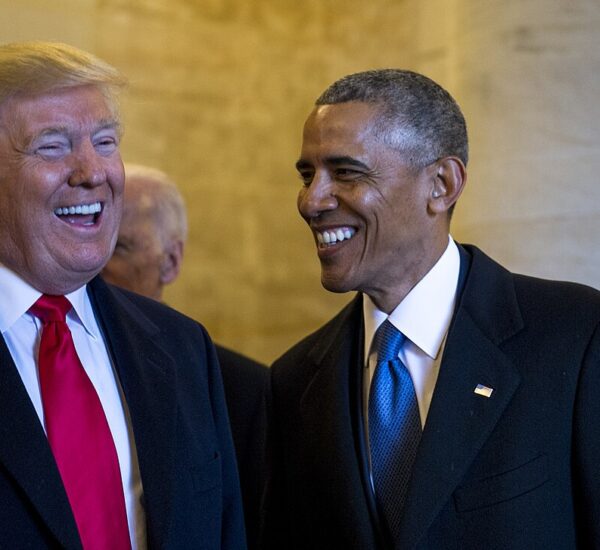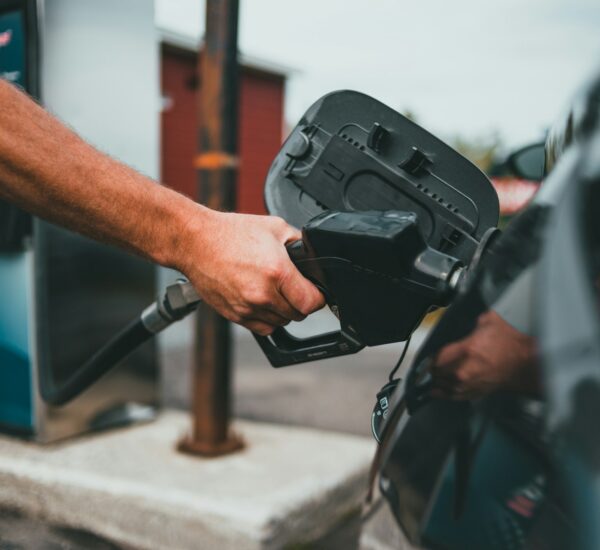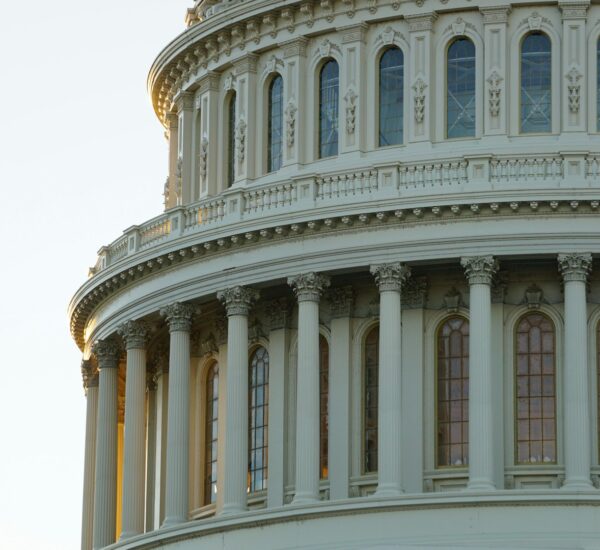Trump’s Plan To Raise Gas Prices?
President-elect Donald Trump’s proposed 25 percent tariffs on goods from Mexico and Canada could lead to a significant rise in gasoline prices, a concern that could challenge his broader economic agenda of lowering costs for American families. While Trump has made bold promises to boost American industries and protect U.S. jobs, these tariffs—if implemented—could directly conflict with his goal of affordable fuel prices for consumers.
Canada and Mexico are the top suppliers of oil to the United States, together accounting for over 60 percent of the nation’s crude imports. The impact of a 25 percent tariff on these countries could cause a sharp increase in the price of gasoline, especially in regions reliant on Canadian oil. Analysts predict that the surcharge could add as much as 40 cents per gallon to pump prices. This could lead to a temporary but noticeable price shock, particularly in the Midwest, where many refineries depend on Canadian crude.
Andrew Lipow, president of Lipow Oil Associates, explains that the higher costs of imported oil would force refineries to pay more, raising prices for consumers. “If oil prices go up, U.S. producers will raise their prices to match,” Lipow said. While Trump has promised to increase domestic oil production, it’s unlikely that additional drilling would offset the price hikes caused by the tariffs, given the limited pipeline infrastructure to transport non-Canadian crude to key U.S. regions.
The Midwest states—many of which were crucial in Trump’s 2016 victory—could be particularly hard hit. States like Michigan, Wisconsin, and Minnesota rely heavily on Canadian oil, and any disruption in supply would force refiners to scramble for alternatives, potentially leading to higher costs for local consumers.
Despite the immediate challenges, energy analysts like Tom Kloza believe the price increases might be short-lived, as U.S. refineries would eventually source oil from other regions like Saudi Arabia or Colombia. However, the lack of infrastructure to transport crude from other countries to the Midwest means that the short-term impact could be severe, and those states near the Canadian border would feel the pinch most acutely.
In the long run, while the U.S. could diversify its oil sources, the immediate effect of higher gasoline prices could complicate Trump’s efforts to lower costs for American families. His “America First” trade policies, designed to reduce reliance on foreign goods and services, may inadvertently result in higher costs at the pump—a scenario that could undermine his promise of economic relief for everyday Americans. Balancing trade protectionism with economic pragmatism will be a critical challenge for Trump as he moves forward with his policy agenda.






